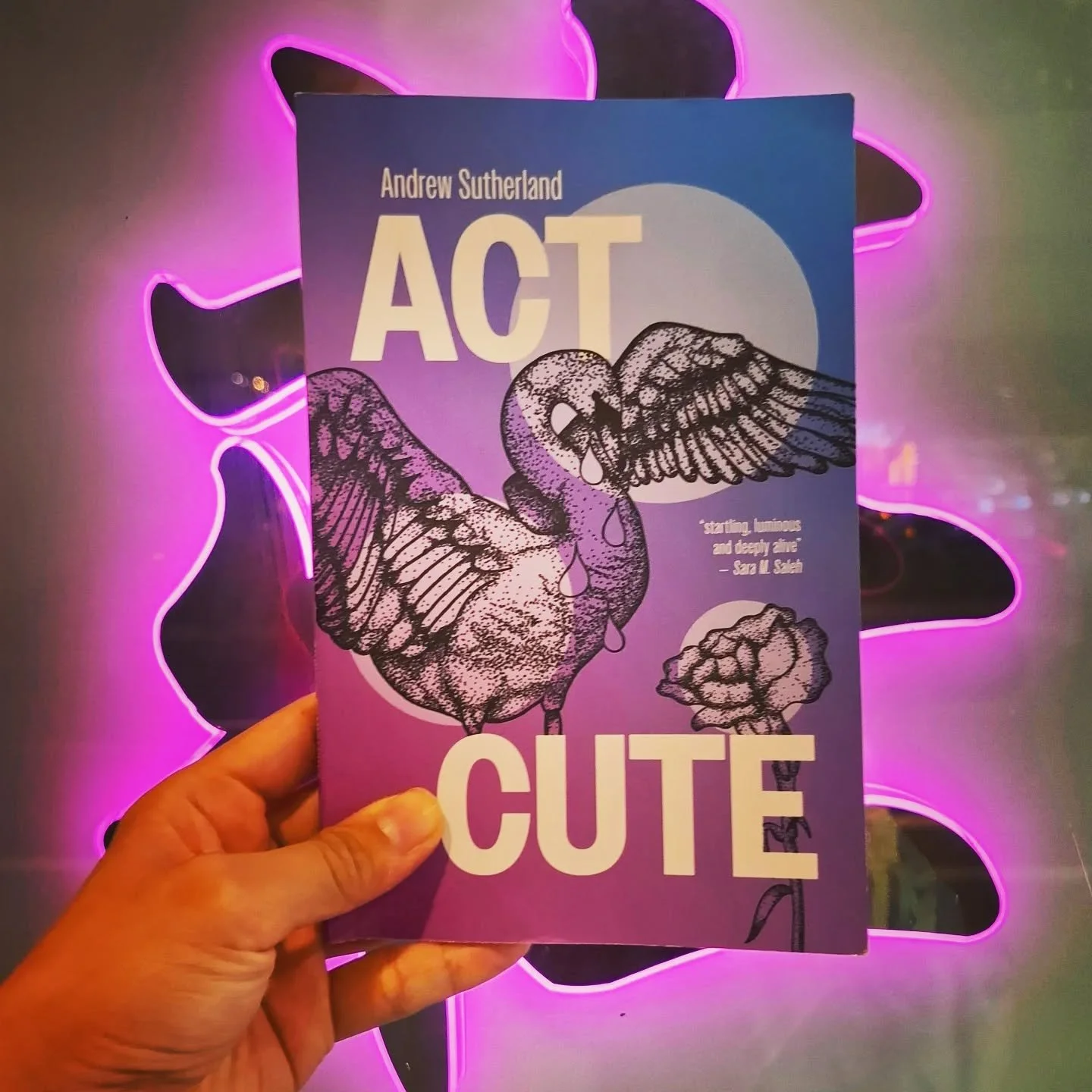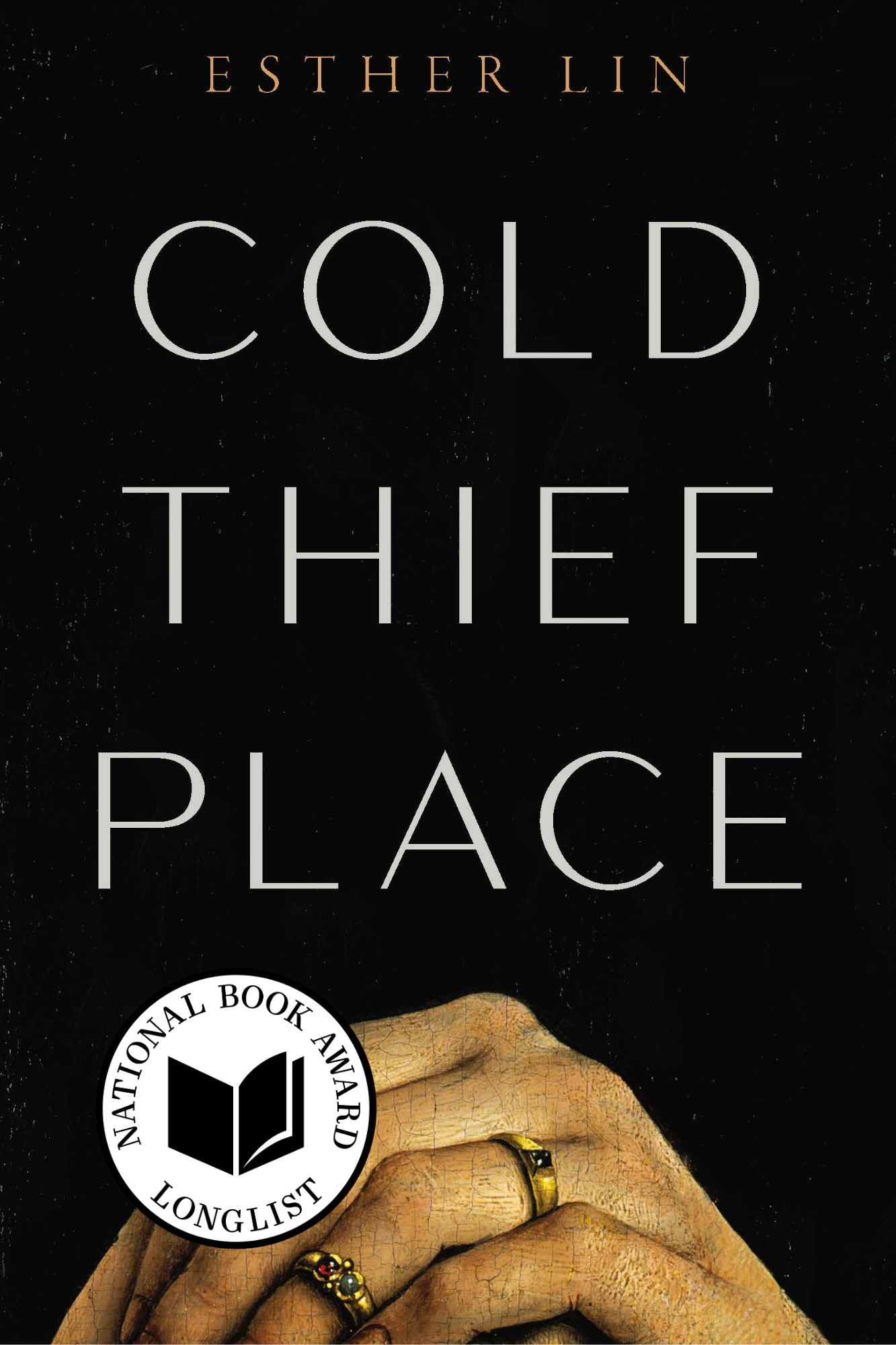In Praise of Radical Slowness
By Shalini Sengupta
Review of How I Became a Tree (India: Aleph Books, 2017) and VIP: Very Important Plant (London: Shearsman, 2022) by Sumana Roy
Sumana Roy’s emerging oeuvre bears testimony to the richness and variety of Indian women’s writing in English. Roy leans into what is life-giving while simultaneously confronting the consumptive, nihilistic death cults—capital, speed, servitude, mortgage, wage labour—that seek to divide and manage human beings. Her writing is rich in specificity and steeped in the particularities of the communities it seeks to describe. Her How I Became a Tree and VIP appear as odes to all that is neglected: books that capture the significance of plants as well as the legacies of colonial violence and displacement that can be understood through a focus on plants. Taken together, they allow a glimpse into Roy’s trailblazing new work on plant humanities, which is prompted by the desire to reposition eco-critical literature from below and render it more open to the experiences of the marginalised other.
Allis Chang - Love Persists 1 (2021), Photography, florals
Models: Kolby Keene (left) @kolbykeene, Byron Scott Adams (right) @byronscottadams
Image description: Two nude, dark-skinned models, covered in florals, gently embrace each other against a vibrant red backdrop of draped curtains. The models also have gold paint on them to accentuate various body features such as cheekbones and shoulders. The model on the left wears a golden necklace with the pendant of a woman’s torso, while holding a dark-red flower in the right hand.
How I Became a Tree begins on a note of disaffection: “I was tired of speed. I wanted to live to tree time”. In her praise of critical slowness, which is achieved through the phrase “tree time”, Roy appears nuanced and provocative. She offers searing critiques of discipline, of disciplinary power in a broad historical and sociopolitical sense and in academic and artistic circles. Roy writes, “my amorphous fancies about trees began to coalesce when I entered middle age and began to weigh the benefits of a freelancer’s life against that of a salaried professional”. She continues, “when I look back at the reasons for my disaffection with being human, and my desire to become a tree, I can see that at root lay the feeling that I was being bulldozed by time”. “Tree time” allows the poet-narrator to experience the world inverted, presented with new value beyond utilitarian contexts. It opens a space of possibility that enables another vision of how our lives might proceed. Roy’s language is descriptive and located. Her writing offers a jolt of reorientation, a palpable reminder of an all-but-vanished way of living and a hitherto unexpected world.
The book proceeds by unraveling expectations of people, art, and ecologies. It is at once forceful and tender, highlighting the vulnerability of the heart even as it explodes the hierarchies of this “deadlined world”. Roy’s narrative is as poignant and deeply personal as it is overtly political. Early sections of the book, such as “Women as Flowers”, unpick the diminutive qualities that are ascribed to women and flowers alike. Later sections span various genres. They appear steeped in myth and memory, Bangla folk tales and fairy lores that have traversed generations. There’s a sharp delight in the manner in which she curates a distinctly South Asian—or, rather, Indian—archive, one informed by the writing of artists and thinkers who have thought about plant-human interactions intellectually, emotionally, and intuitively. Here, Roy casts her net wide. She alludes to the work of Indian writers of children’s fiction, such as Dakshinaranjan Mitra Majumdar; Indian poets such as Rabindranath Tagore and Shakti Chattopadhyay; Indian novelists such as Balai Chand Mukhopadhyay; artists such as Nandalal Bose and Anil Karanjai; and filmmakers such as Satyajit Ray. Indeed, one of the distinct pleasures of the book is how Roy incorporates the work and sensibilities of other artists as support and foil. None of these elements are without reason. This is intertextuality with purpose: deft, sharp, unforgettable.
Reading the book aloud offers an entrance into the world of the body. The lines are luscious in vowels; the narrative is often more complex than it appears. Later sections highlight the volatile intersections between visibility and survival through a continued focus on plant life. These sections are full of observation, sights, wonder. There is grief and resistance in this collection, threat and desire, impossible longing and devastating intimacy. Radicalism is rooted in earth, love, and community, a lesson Roy learns from watching plant life. Reading her work, I’m reminded of the etymology of the word ‘watch’: its roots in the Old English ‘wæcc-’, or ‘wake’. To watch is to wake, or be awake: to have one’s eyes opened to another world, another level of consciousness. Roy’s book ends on this note, “rejecting speed and excess”. This is a work of resistance and hope.
The questions Roy asks in the later book VIP—published handsomely by Shearsman—are as ambitious as the way she explores them. The collection is lush with the exquisite illustrations of the Indian artist Nikhil Das. Much like How I Became A Tree, VIP exhibits a concern with and for alterity, especially insofar as alterity brings us to the limits of our self-certainty and our certainty about the world. The collection reaffirms and re-inscribes the importance of poetry in the Anthropocene, this age of environmental crisis in which distinctions between humans and other life forms are increasingly and incessantly being blurred. Perhaps it is poetry—the strange and irrepressible life of the lyric—that offers a more advanced way of thinking about the otherness of nonhuman life?
VIP opens with a nod to Jagadish Chandra Bose, a quintessential polymath, physicist, biologist, and botanist who is credited with the invention of the High Magnification Crescograph machine that allowed him to produce what he later termed ‘plant autographs’. Bose’s work on plant physiology feeds Roy’s research and thinking. Roy’s brand of intertextuality seems especially powerful because she doesn’t seek to erase what came before; rather, she employs a comprehensive archive of political figures, poets, writers, and thinkers to slant the old gaze. She takes her epigraph from Bose’s Plant-Autographs and their Revelations (1927), a text that conveys in graphic form the reaction of plants to external stimuli and redresses the notion that plants are insensate and inanimate beings whose experiences of the world are pitiably limited. Much like Bose, Roy writes against such solipsistic anthropocentrism, the tendency of humans to mistake our world for the world. Difference, in Roy’s hands, is life itself, the origin of meaning and language, the condition for evolution. As the first poem in the collection concludes, “you look at the trees, their indifference to recognition, / and you begin to see the path of evolution” (12).
In Roy’s work the marriage of the poetical and political are inextricably entwined, and her interests are as wide as the world she describes. The sense of specular alterity is strong in these poems, as each experience of seeing is explicitly mirrored: to watch is to be watched, to realise is to be realised, to look is to be looked at. In the presence of trees, in the distance and proximity of their alterity, VIP’s narrator is made to reckon with living difference and the realisation that humans are not the only subjectivities in the world. “When the tree sap flows,” Roy writes in the next poem, “your ignorance about the foreign grows nests”. But this specularity goes beyond recognising another subjectivity that recognises you. The infinite distance between humans and plants is also an infinite relation—a fact that forms the basis of Darwin’s ‘vast retelling’ of the story of life. To look at plants, the narrator intimates, is to be reminded of “abandonment, of your asthma”. “You think of grass as human,” the narrative voice continues; “why else their secretive lovemaking?”
Throughout the collection, Roy grapples with the inadequacy of language in representing plant-human interactions. Her language discloses desire and produces a composite, evolving botanical subjectivity: “I want to be a tree / I know this desire lives outside the curriculum”. The poems in VIP augment and impoverish human identity. They mimic the undoing of human centrality that any understanding of evolution must effect. We are there, but undifferentiated: everywhere and nowhere, afforded no special place within Roy’s narrative. As the poems progress, attention shifts from trees—canonised figures in the Homo gardener’s consciousness—to moss and ultimately weed. Poems like “Parthenium”, for instance, allude extensively to weed (“Invaders/Famine weed”) to foreground feelings of marginality and otherness. Roy’s earlier essay, titled “Dalit Plants”, which explicitly describes weeding as a political act, comes to mind. Weed—introduced as “chhotolok gachh” in Bangla, or “Dalit Plants”—is likened to lower-class and -caste bodies who are deemed non-normative and violently expelled from the body politic. The poem “Moss” speaks of similar structures of exclusion: “a garden is like law, its sling pulled for results. And so the constant banishment of moss”.
Allis Chang - Love Persists 2 (2021), Photography, florals
Image description: A pair of dark-skinned arms from opposite ends gently caress each other against the backdrop of a vibrant red cloth. There is gold paint on their fingertips, knuckles, and forearms and florals intertwine both arms.
In many ways, the collection’s structure is parabolic. Roy plots her points of reference along a curve that eventually returns to the same site of origin before continuing onward. Later sections of the collection—titled “The Afterlife of Trees and Their Lovers”—thus return dutifully to Bose’s life and works and build a portrait of the “scientist reincarnated as tree”. These sections amplify the poetic impact and urge the reader to think expansively about their own connections. Roy’s narrative offers a new perspective on language and existence. The poems are visually and verbally comprehensive, with an earnest attention to and affection for language. For all its essential and outward-facing work, VIP thrives in those quieter corners of lyric poetry. Roy remakes language to find a way to be in the world.
VIP provides a significant addition to recent work on plant poetics—or eco-poetics—and nature writing, even as it exceeds each of these categories. Both texts—How I Became a Tree and VIP—offer poignant studies in kinship and radical openness while envisioning a softer, kinder world. They curate a pioneering assemblage of work that is steeped with the observations of a poet ever on the lookout for the surprises of the present. In turn poignant and personal, Roy’s work will long be a vital touchpoint of contemporary fiction and poetry.
Dr. Shalini Sengupta earned her PhD from the University of Sussex and is a Ledbury Poetry Critic. Her research specialisms are in modern and contemporary writing; twentieth and twenty-first century women’s writing; and avant-garde poetry. Her academic and public-facing work has appeared/is forthcoming with Modernism/modernity; Journal of British and Irish Innovative Poetry; Contemporary Women’s Writing; Poetry Book Society; Poetry Wales, and harana poetry.
*
Allis is a nonbinary Taiwanese-American artist based in Portland, Oregon. Their work explores the beauty of impermanence, longing, and human relationships. They utilize natural materials to echo the ever-present connection between nature and humanity.
If you’ve enjoyed reading this article, please consider making a donation. Your donation goes towards paying our contributors and a modest stipend to our editors. Singapore Unbound is powered by volunteers, and we depend on individual supporters. To maintain our independence, we do not seek or accept direct funding from any government.











This Christmas season, Ng Yi-Sheng takes us to the Middle East.